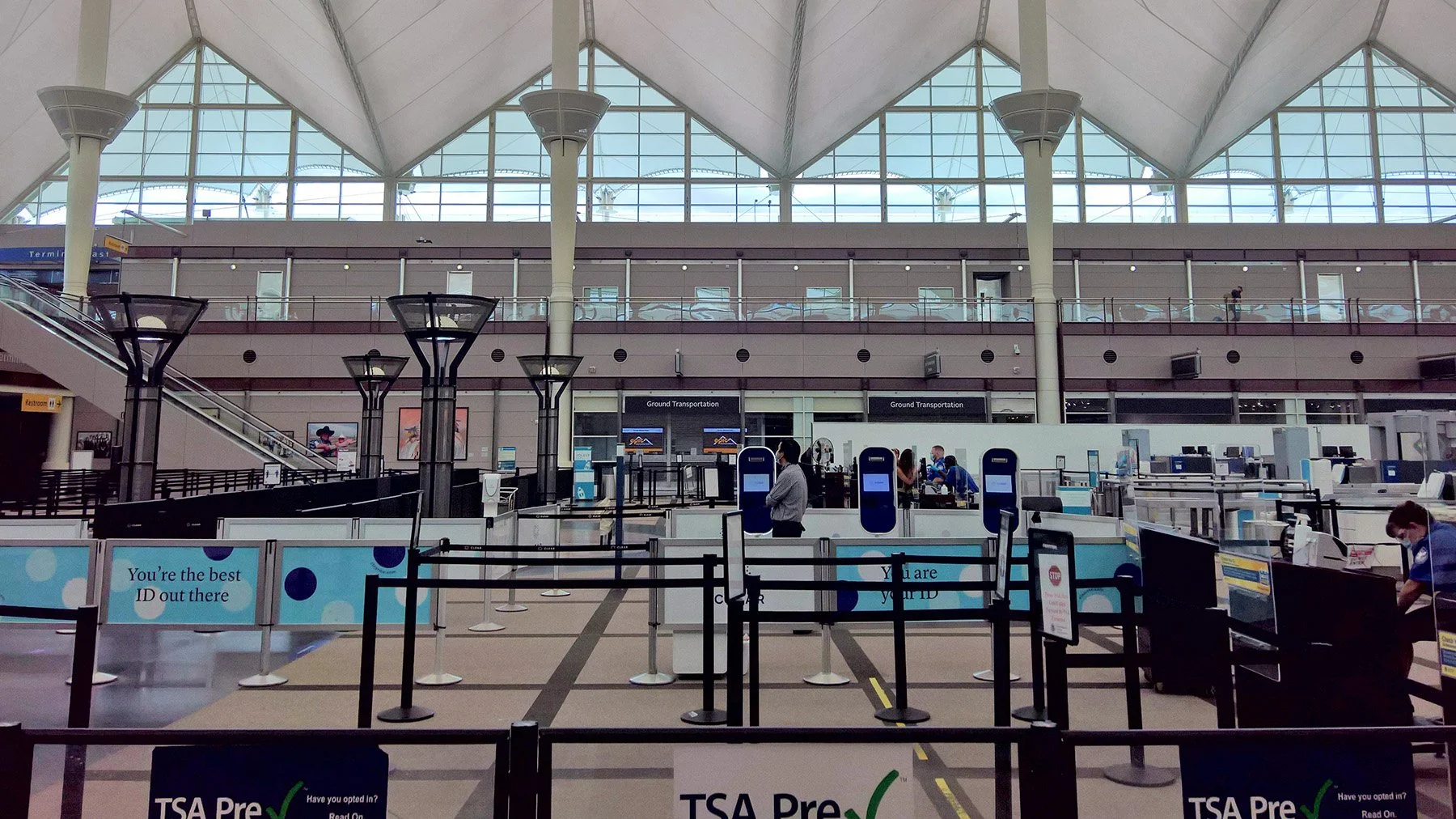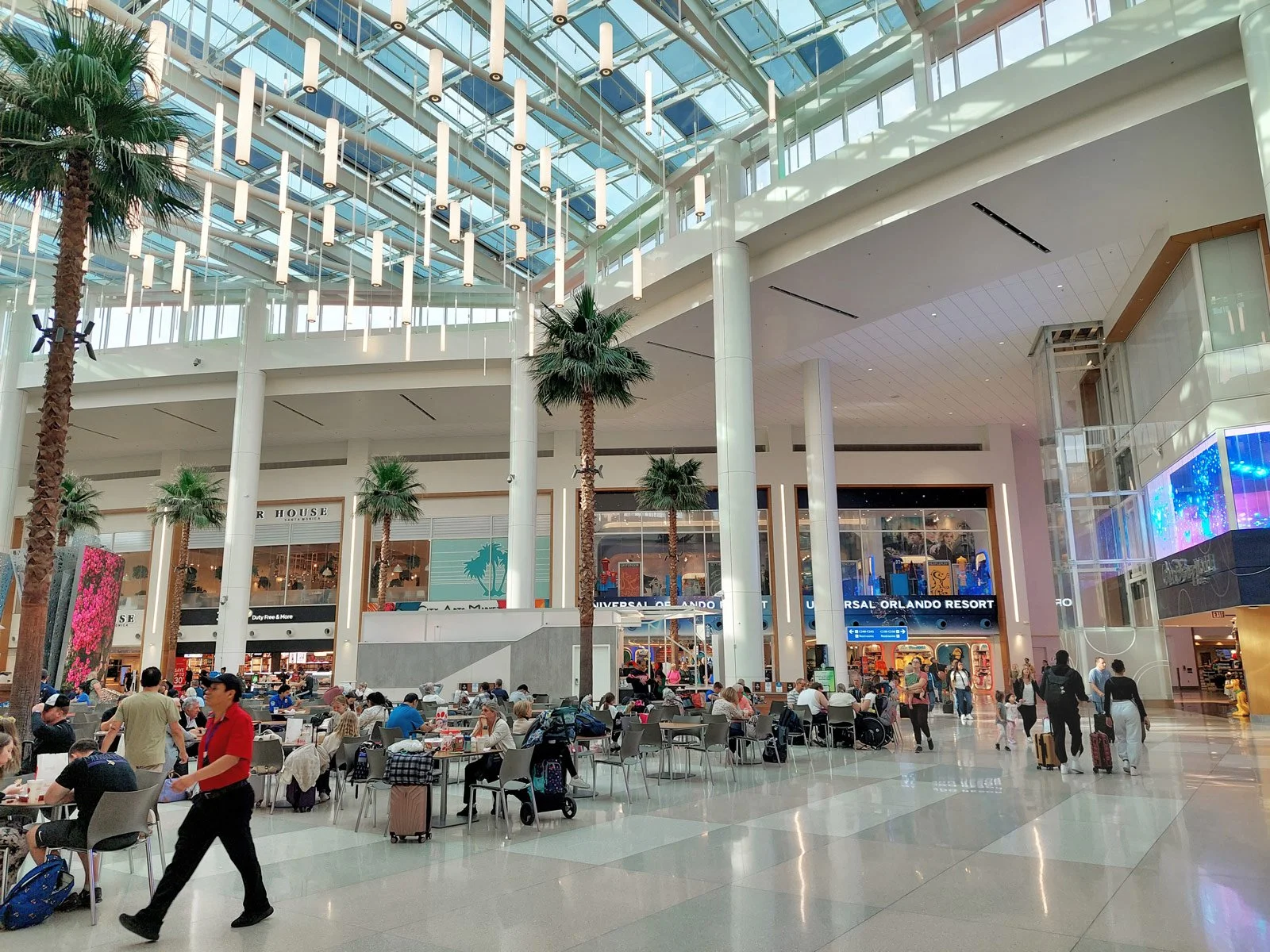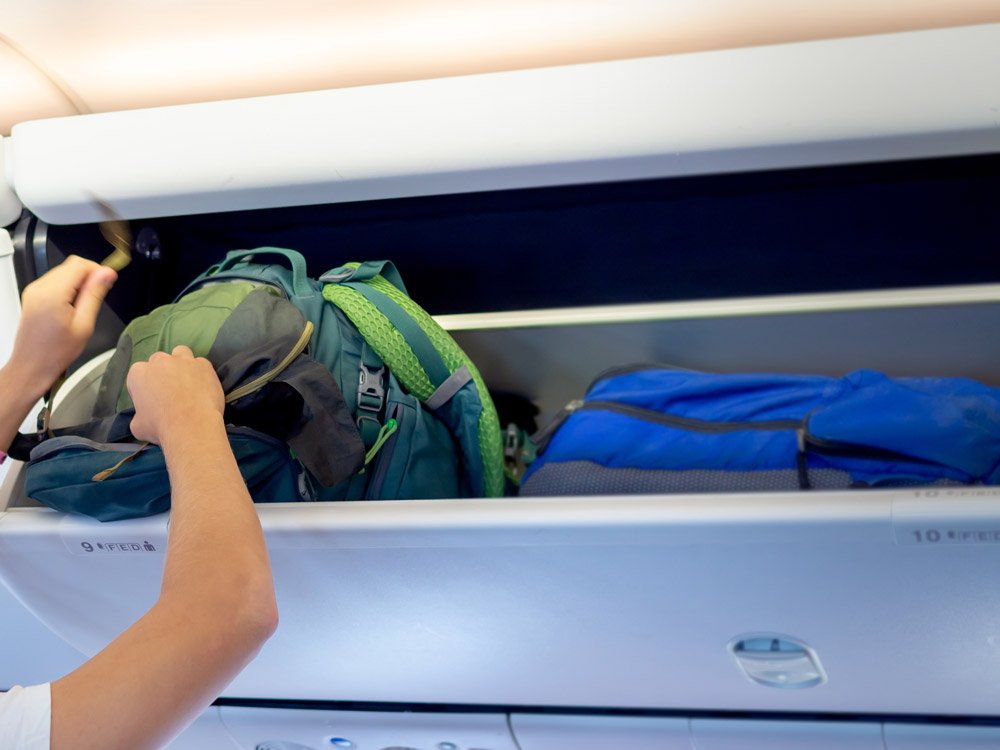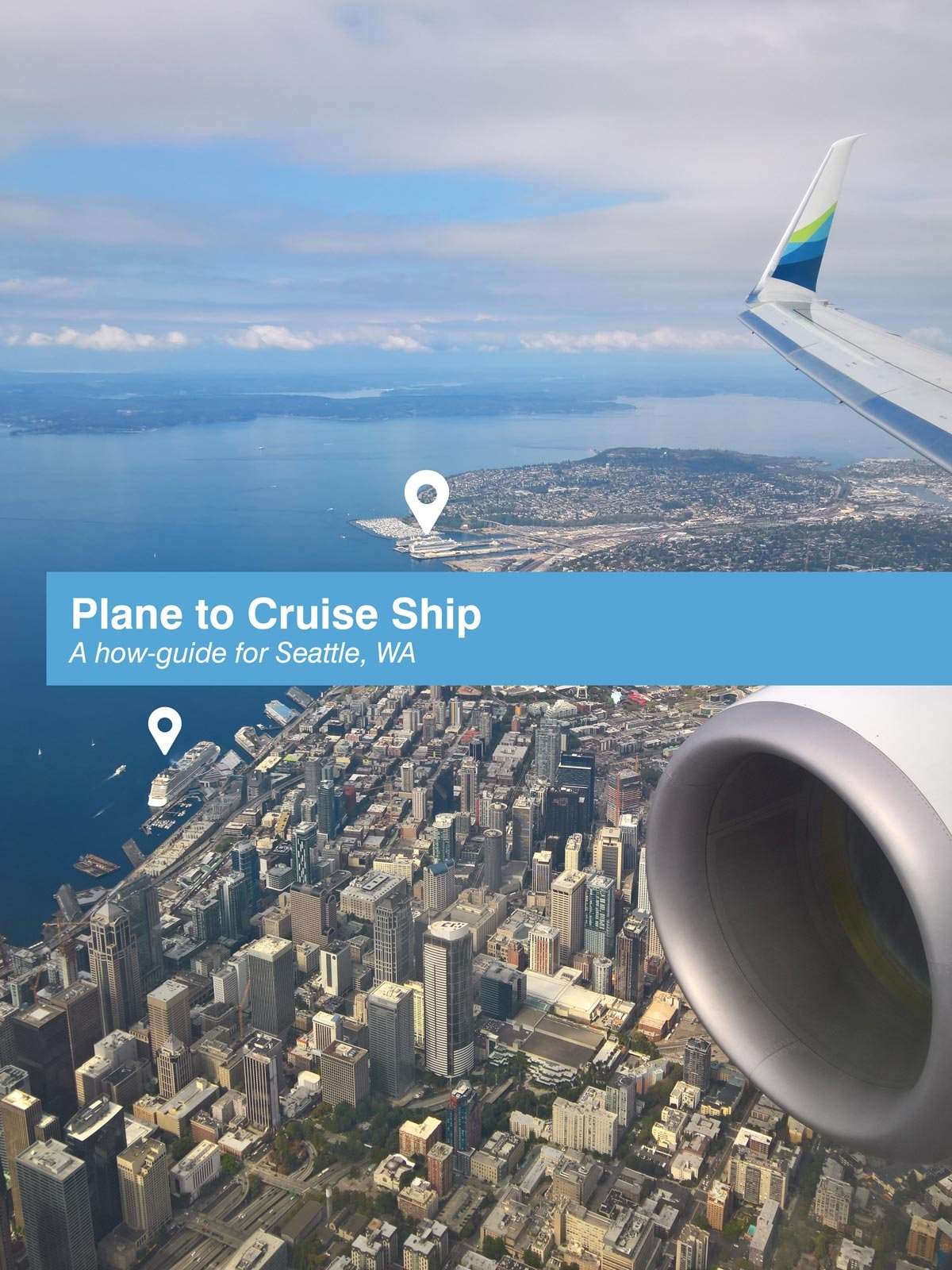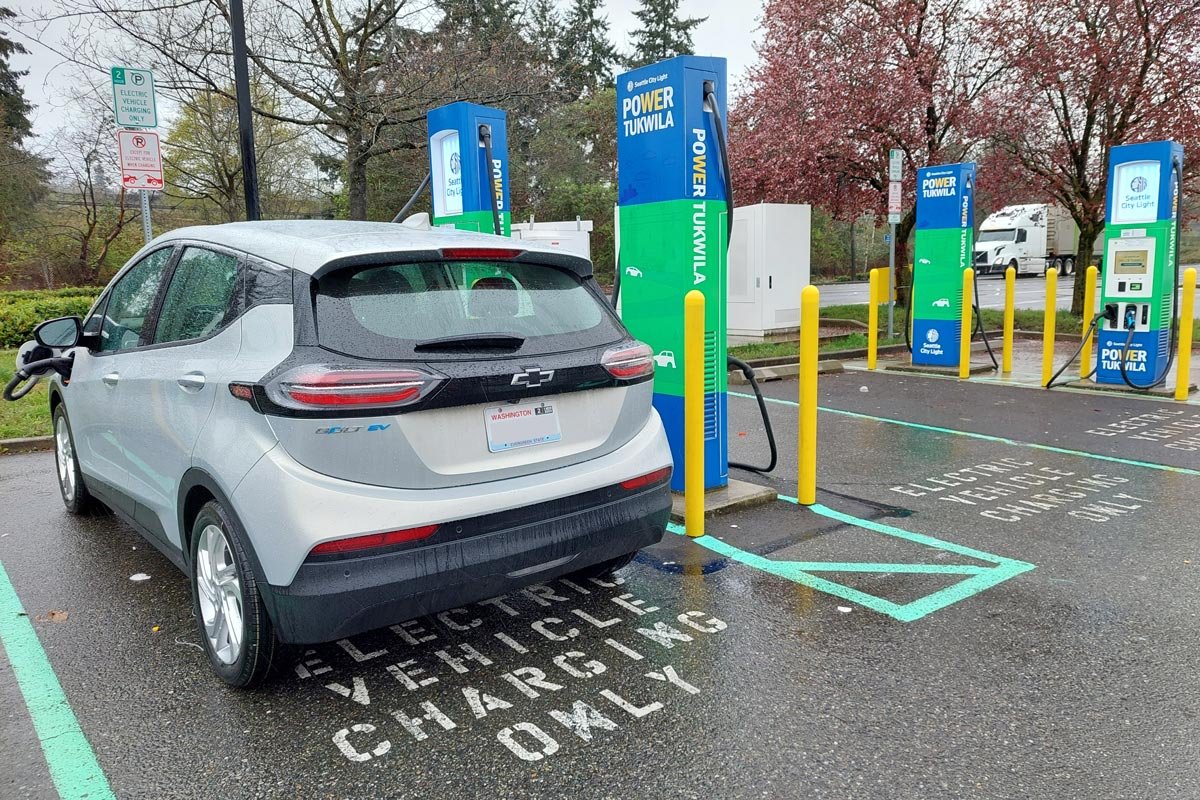COVID-19 Recovery: Passenger volumes at TSA checkpoints plateaued in July
An empty TSA Checkpoint at Denver International Airport (DEN) on July 21, 2020.
Image: The Window Flyer
ADVERTISEMENT
Approximately five months into the COVID-19 pandemic in the United States, how are airline passenger traffic volumes doing? We’ve certainly seen and read recent news articles about planes packed full of passengers, including occupied middle seats on several airlines that no longer block them. But does that mean the industry has recovered? No, not even close. The fuller planes we have seen in recent weeks can be attributed to airlines reducing their flight schedules and temporarily parking planes, so what we are seeing is that the smaller number of traveling passengers today are being loaded onto fewer planes. Let’s dive into the numbers.
Back in mid-to-late March, when COVID-19 cases began to erupt around the US and numerous states and jurisdictions began issuing stay-at-home orders in response, the societal shock brought the airline industry to a near virtual standstill. Passenger traffic levels took a nose dive. By the end of March, passenger throughput at TSA checkpoints had dropped to below 10% of their volumes just the year before. Then, in mid-April, passenger volumes hit an astonishing low – bottoming out at just 4% of 2019 levels. On April 14, a mere 87,534 passengers passed through TSA checkpoints, compared to over 2.2 million on the same weekday the year before.
Airline Recovery Stalls due to Rising Cases
Since that bottoming out, numbers began rebounding at a very slow, but steady pace as states began phased reopenings. By late May, volumes crossed back over the 10% threshold, and then broke through 20% in mid-June. The increasing trend continued until early July, reaching between 25% and 30% of 2019 volumes when they hit a noticeable plateau. A charted line of the 7-day moving average of TSA checkpoint throughput shows a clear and noticeable flattening of airline passenger traffic recovery throughout the entire month of July. Despite states being partially reopen, the recovery has stalled out at around 700,000 daily passengers compared to the roughly 2.3-2.7 million passengers who took to the skies each day in July of last year. Unsurprising, this plateau seemingly corresponds to the rapid increase of new COVID-19 cases throughout the United States that began in late June.
A chart showing passenger throughput volumes at TSA checkpoints between March and August of 2019 vs. 2020.
Image: The Window Flyer
A chart showing passenger throughput volumes at TSA checkpoints between March and August, displaying 2020 volumes as a percentage of 2019 volumes.
Image: The Window Flyer
Projected Airline Industry COVID Recovery
So how are the actual numbers comparing to industry models for passenger traffic recovery? In April, aviation, transportation, and tourism consulting company InterVISTAS, released projections for passenger traffic recovery. It modeled out four global scenarios, each considering varying levels of travel restrictions and the ability of countries to get the pandemic under control. It’s safe to say that what they are calling the Summer Recovery has not happened, at least not locally in the US. That scenario had predicted a return to about 50% of 2019 passenger volumes by early August, versus the roughly 25% to 30% we remain parked at. Passenger traffic here in the United States seems to be tracking somewhere between the Uneven Recovery scenario and the Protracted Recovery scenario. There are also some signs, as seen in the TSA throughput data, of the concept of a Double-Dip scenario. The 7-day moving average for TSA shows a slight dip in mid-July, before increasing ever so slightly again toward the end of the month.
Scenarios for Passenger Traffic Recovery
Image: InterVISTAS
Could we see additional dips in the future, or a faster rise in traffic? It remains to be seen how August will perform, but much of it would logically be tied to how well we get the pandemic under control. While airlines and airports are doing many things within their power to improve the safety of passengers and staff (mask-wearing, enhanced aircraft cleanings, procedural modifications to limit social contact, etc.), the fact of the matter is that people still need a reason to fly before they will actually fly. Those reasons include flying for vacations, business meetings, to see friends and family, and beyond. In other words, there is so much more to air travel than the act of being on a plane itself. Much of a person’s travels are not actually spent in the air or in an airport, but rather, on the ground in their destination with other people. Therefore, if the destination on the other end is not safe, or if restrictions are in place to limit the risk of spread, as we are still seeing today, then people don’t have a reason to fly. There is a very legitimate reason why we cannot safely have conventions, concerts, in-person sporting events, etc. or even visit grandma and grandpa in the current moment. Once we get the situation under control on the ground, data would suggest that the return to air travel will naturally follow.
Related Content

